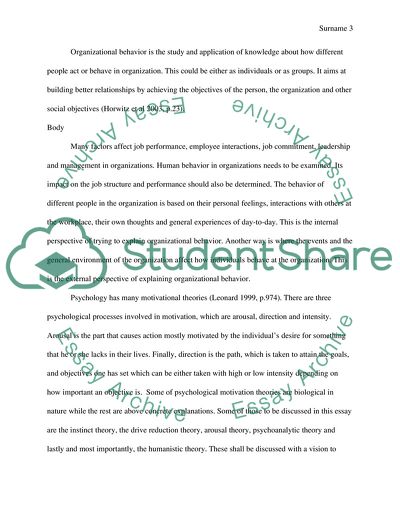Cite this document
(How useful are psychological motivation theories in explaining Essay - 1, n.d.)
How useful are psychological motivation theories in explaining Essay - 1. https://studentshare.org/human-resources/1875508-how-useful-are-psychological-motivation-theories-in-explaining-behaviour-in-organizations
How useful are psychological motivation theories in explaining Essay - 1. https://studentshare.org/human-resources/1875508-how-useful-are-psychological-motivation-theories-in-explaining-behaviour-in-organizations
(How Useful Are Psychological Motivation Theories in Explaining Essay - 1)
How Useful Are Psychological Motivation Theories in Explaining Essay - 1. https://studentshare.org/human-resources/1875508-how-useful-are-psychological-motivation-theories-in-explaining-behaviour-in-organizations.
How Useful Are Psychological Motivation Theories in Explaining Essay - 1. https://studentshare.org/human-resources/1875508-how-useful-are-psychological-motivation-theories-in-explaining-behaviour-in-organizations.
“How Useful Are Psychological Motivation Theories in Explaining Essay - 1”. https://studentshare.org/human-resources/1875508-how-useful-are-psychological-motivation-theories-in-explaining-behaviour-in-organizations.


